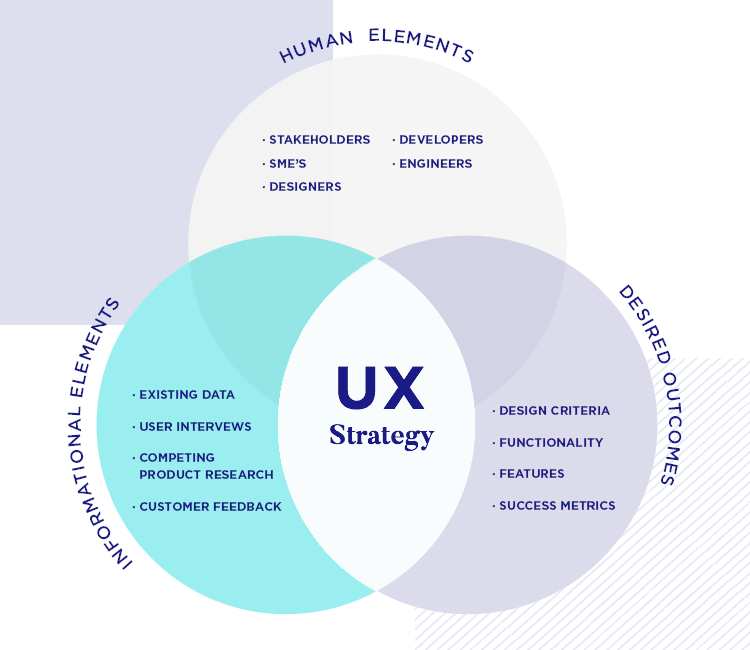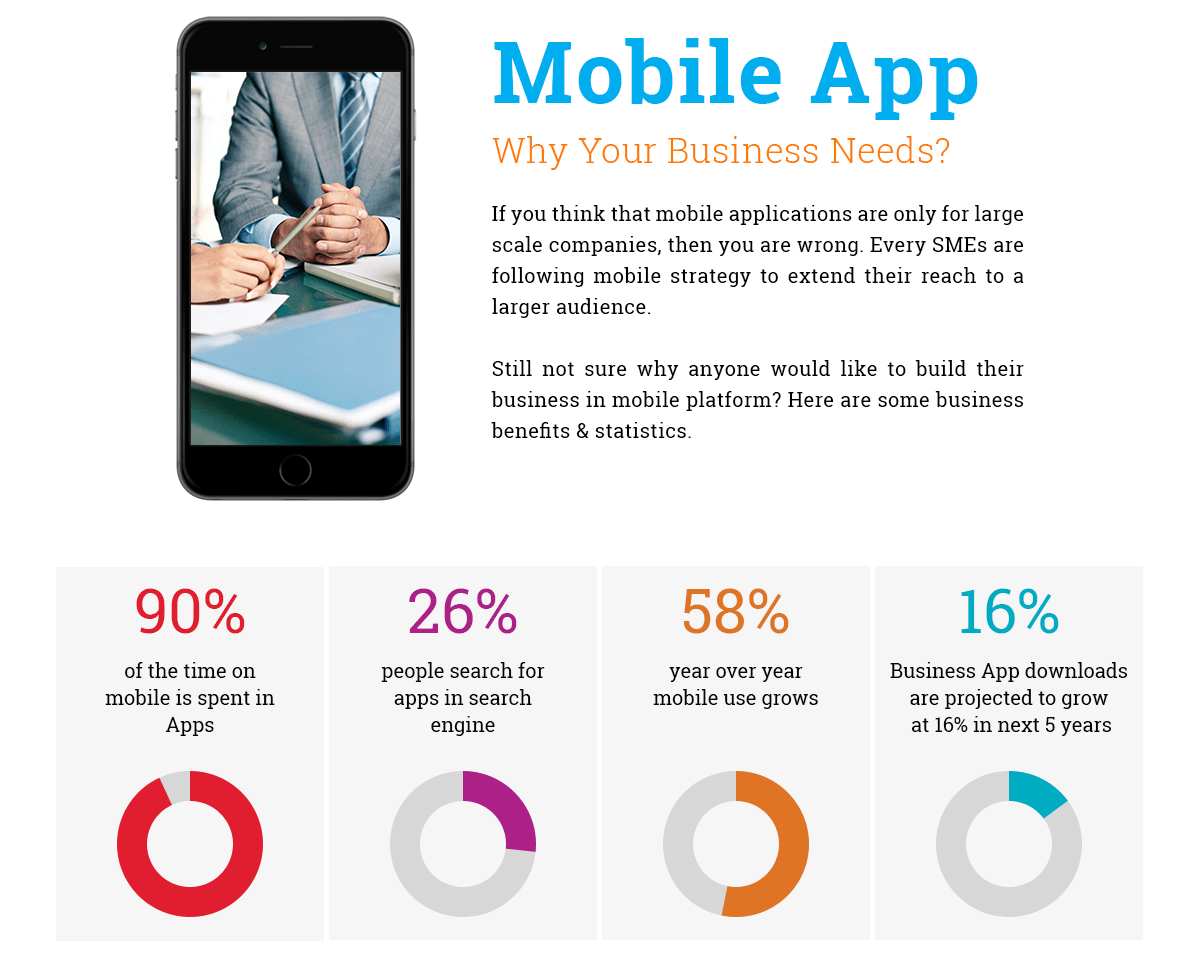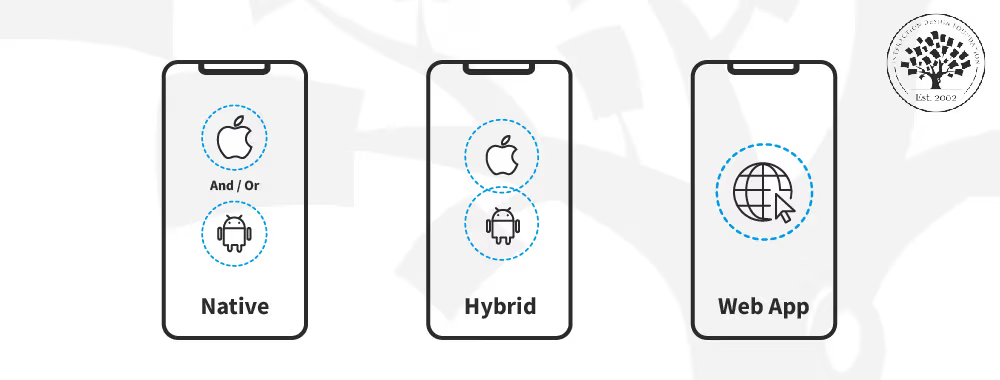The entertainment industry has always thrived on imagination and innovation. Now, in a tech-driven era, digital transformation for entertainment redefines how audiences consume content, how studios produce it, and how creators monetize their work. Gone are the days of linear TV schedules or single-release strategies—today’s entertainment landscape runs on streaming platforms, immersive experiences, and real-time analytics that shape production decisions.
“For the entertainment world, digital transformation isn’t just about going online; it’s about reinventing storytelling, distribution, and fan engagement at every level,” emphasizes Tamer Badr, owner of Singleclic. “True success lies in blending technology seamlessly with authentic artistic vision.”
Introduction
From blockbuster film studios to local theater troupes, everyone in the entertainment sector navigates the challenge of staying relevant in a hyper-connected environment. Traditional revenue streams—like DVD sales or single-channel advertising—face competition from streaming services, gaming expansions, or transmedia collaborations. Meanwhile, user-generated content thrives on social media, drawing eyes away from conventional offerings.
“Digital transformation” in this arena covers everything from analytics-driven content creation and direct-to-consumer streaming portals to interactive experiences, VR, and more. By bridging old-school creativity with new tech solutions, companies can refine how they produce and deliver content that resonates with today’s audiences, who often juggle multiple screens at once.
People Are Always Asking
- “Can digital transformation truly help content creators stand out?”
- Answer: Yes. Tools like advanced analytics, social listening, and interactive platforms help creators tailor content for niche fandoms and measure real-time engagement.
- “What about smaller theaters or indie studios with limited budgets?”
- Answer: Cloud-based solutions and social media streaming services are often cost-friendly, letting smaller entities reach audiences without large overhead.
- “Do we risk losing the magic of live shows by going digital?”
- Answer: Digital transformation complements, not replaces. Hybrid models can maintain the intimacy of live events while extending reach globally through streaming.
- “Is user-generated content overshadowing professional productions?”
- Answer: Platforms like YouTube or TikTok can indeed shift viewership, but professional entertainment remains strong, especially when it offers top-tier production and storytelling.
- “How do we handle rights management and piracy in digital expansions?”
- Answer: Many solutions integrate digital rights management (DRM) and advanced encryption. Vigilant monitoring is still needed to minimize piracy.
The Main Pillars of Digital Transformation in Entertainment
- Streaming Platforms and Direct-to-Consumer Models
- Key Benefit: Studios bypass traditional distribution bottlenecks.
- Example: Major film releases launching simultaneously in theaters and on streaming, capturing dual revenue streams.
- Immersive Technologies (VR/AR)
- Key Benefit: Adds interactive layers to content—viewers might step into a concert from home or roam a virtual movie set.
- Potential Drawback: Requires specialized devices or stable internet, limiting mass adoption in certain markets.
- AI-Driven Content Analytics
- Key Benefit: Uses machine learning to forecast audience preferences, helping producers greenlight content likely to succeed.
- Potential Drawback: Over-reliance on data might hamper creative risks, leading to formulaic content.
- Personalized Fan Engagement
- Key Benefit: Bold interactive apps, behind-the-scenes streaming, and social media Q&A create deeper brand loyalty.
- Potential Drawback: Must ensure data privacy for fans and content creators, balancing personalization with data security.
- Multi-Platform Monetization
- Key Benefit: Diversifies revenue by selling merchandise, offering subscription tiers, or licensing intellectual property (IP) for games and spin-offs.
- Potential Drawback: Handling royalty splits across multiple channels can get complicated, especially with global distribution.
Reviews from Real Users
Carlos, Founder of a Small Production Studio
“We used to rely on local TV deals. Going digital, we launched a direct streaming channel. Our audience grew beyond our hometown, though setting up global payment options was tricky. Now we see fans from places we never dreamed of reaching.”
Maria, Live Concert Organizer
“We tested a hybrid event: in-person plus VR access. The VR side drew younger fans, but required more tech support than expected. Still, the buzz on social media was huge.”
Andrés, Gaming Content Creator
“Shifting from free YouTube uploads to a subscription-based streaming platform helped me earn more stable income. The downside was needing robust branding and extra marketing to move my audience.”
Potential Drawbacks
Even as digital transformation opens new channels, challenges remain:
- High Implementation Costs:
- Upgrading to advanced streaming tech or VR can demand large capital, a barrier for smaller content creators.
- Learning Curve:
- Complex analytics dashboards or VR production workflows can confuse staff.
- Data Security Risks:
- High-profile content is attractive to pirates. Without strong DRM, studios risk revenue losses.
- Over-Saturation:
- With so many streaming services and digital content, viewer attention is scattered, intensifying competition.
- Uncertain ROI:
- Some innovations (VR or AI-driven personalization) might not yield immediate revenue, requiring patience and careful strategy.
Tamer Badr opines, “You must plan well. Piling on every new tech for novelty alone rarely pays off. The best transformations start with a business goal and match technology to it.”
Frequently Asked Questions
- How can small indie creators benefit from digital transformation?
- Access to global audiences through cost-effective streaming and social media. Plus, analytics for fine-tuning their creative direction.
- Do we lose the theatrical or physical element if everything goes digital?
- Not necessarily. Many studios now do hybrid releases or live experiences to maintain that communal aspect while gaining digital reach.
- Is it difficult to handle licensing on multiple platforms?
- It can be intricate. Tools exist to track rights usage, though large-scale distribution may still demand legal and technological oversight.
- What about older viewers who prefer traditional TV?
- Solutions should cater to various preferences—some content might remain on linear TV or DVD. But digital expansion typically expands your audience, not alienate loyal fans.
- Can emerging technologies overshadow the actual storytelling?
- Sometimes. Striking a balance is key. Tools should complement the narrative, not overshadow it.
Strategies for Successful Digital Transformation in Entertainment
- Define Clear Goals
- Are you aiming for broader reach, new revenue channels, or deeper audience engagement? Clarifying these intentions helps pick the right technologies.
- Explore Hybrid Distribution
- Combine physical experiences (theater, live concerts) with digital streams or on-demand releases, leveraging each channel’s unique appeal.
- Use Analytics Wisely
- Track viewer data—bold watch times, likes, shares—and feed these insights back into content decisions. But balance data with creative instincts.
- Embrace Interactivity
- Gamify viewer experiences with polls, second-screen content, or VR expansions. This fosters loyalty.
- Train Your Staff
- Production teams, marketing, and executive leadership all need to understand the new tools. Conduct workshops or partner with tech consultants for a smooth transition.
Advice: Start with smaller, quick-win digital projects. Evaluate results, refine your approach, and then scale up. Gradual steps help manage risk while nurturing staff buy-in.
Conclusion
Digital transformation for entertainment isn’t about discarding tradition—rather, it’s harnessing technology to amplify storytelling, distribution, and fan engagement. As streaming platforms surge, data analytics refine content choices, and VR or AR offer new forms of immersion, the sector stands on the cusp of an exciting era. Yet the path requires careful investment, staff training, and a balanced perspective on ROI.
“Strategic adoption yields the best results,” advises Tamer Badr. “Skipping the hype and focusing on real audience value fosters a transformation that truly resonates.”
Whether you run a small production house or a large network, the shift to digital extends your reach, opens fresh revenue streams, and future-proofs your brand. Yes, stumbling blocks like cost, piracy concerns, or staff adaptation can arise. But with a well-designed roadmap that merges creative artistry and data-driven intelligence, entertainment providers can flourish in an era where audiences expect content to be both innovative and accessible.







